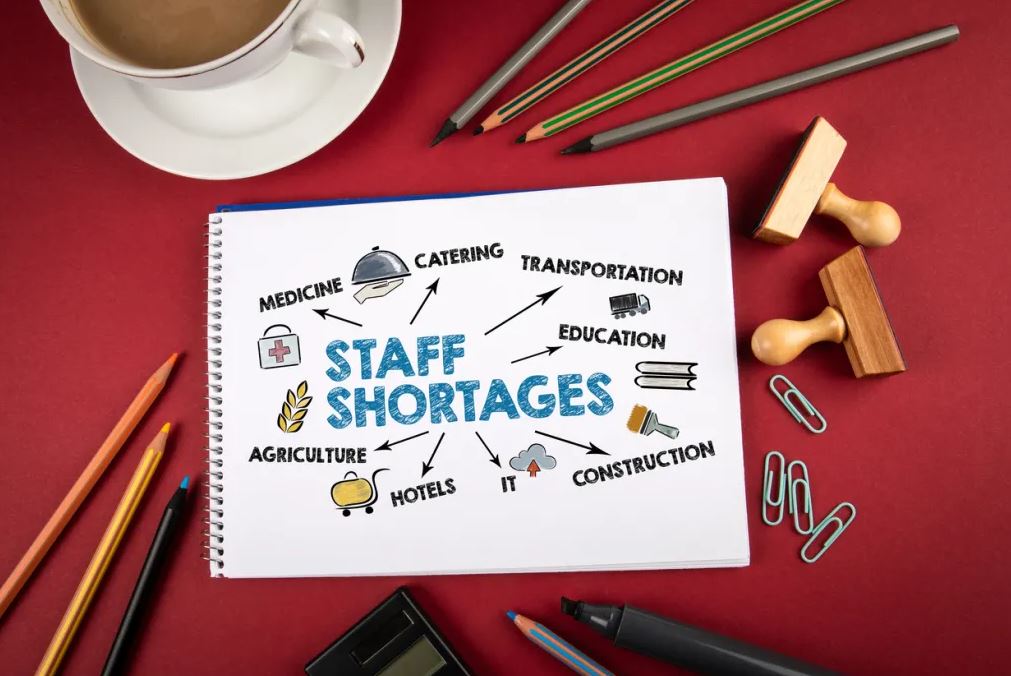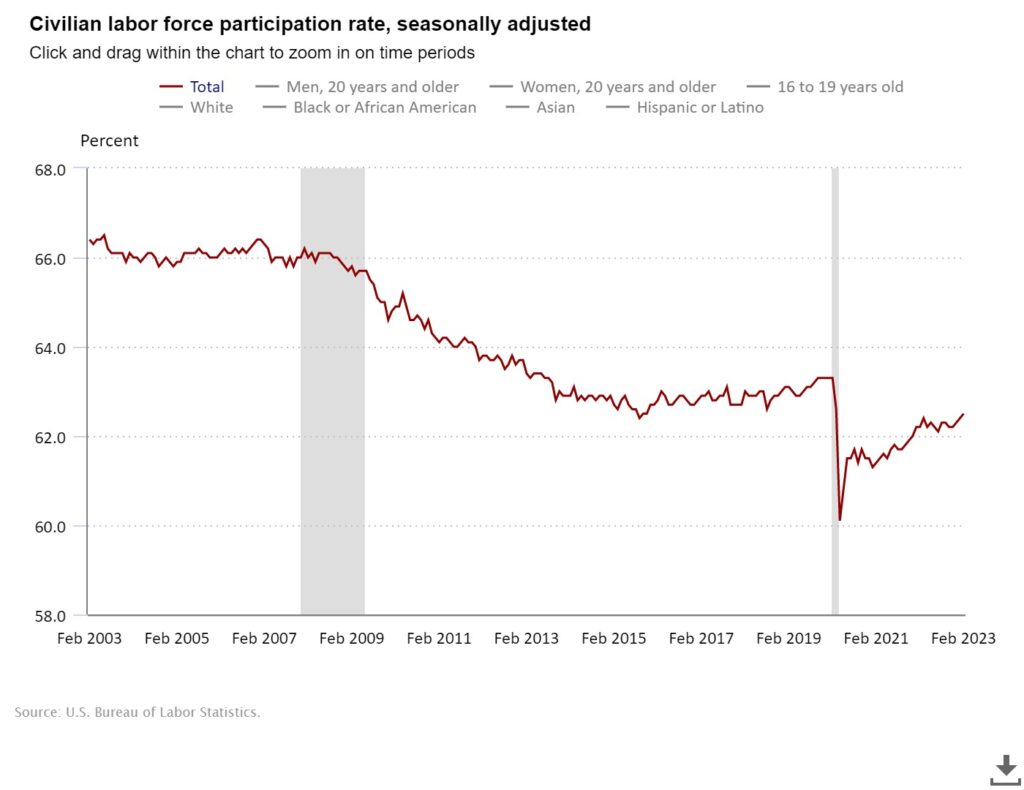Be the first one to receive latest updates.
Does The US Have A Labor Shortage Or Not?

Some debate surrounding the H-1B visa focuses on the visa not being necessary due to the United States having enough highly skilled individuals in the tech sector to fill open job opportunities. However, data overwhelmingly shows that isn’t the case.
In 2021, in what many deemed ‘The Great Resignation,’ over 47 million US workers quit their jobs due to complications caused by the COVID-19 pandemic. Many workers were looking for a better work-life balance, increased compensation, and a positive culture at the company. Service workers, especially in the restaurant industry, quit their jobs at a high rate due to feeling undervalued for putting their health at risk. Currently, the food sector continues to have an above-average quit rate, and the obscure pay method for services likely plays a role in workplace dissatisfaction.
However, poor salaries and working conditions aren’t the only reason the US is suffering from a labor shortage. According to data collected by the Census Bureau, the national median age has increased by 3.4 years since 2000. In conjunction, the working-age population of the US has also decreased during the same timeframe. These figures likely offset the increasing number of US citizens receiving a degree in a STEM (Science, Technology, Engineering, and Mathematics) field.
The 2019 Census Bureau’s American Community Survey found 37% of college-employed US workers held a bachelor’s degree in science or engineering, but only 14% maintained a job in a STEM-related field. However, STEM degree holders made on average 15.4% more than those who did not major in a STEM-related field. The complex nature surrounding the data is why some argue there isn’t a labor shortage within the United States, but the answer isn’t that simple.
A July 2022 report from Brookings entitled Who are the 1 million missing workers that could solve America’s labor shortages? touched upon labor shortages in the construction industry:
… In the construction industry, there were an estimated 434,000 job openings (May 2022), yet there were just 389,000 unemployed in that same industry (June 2022). In other words, there is a shortage of almost 50,000 workers. In retail trade, the gap is even wider. With 1.14 million job openings and 720,000 unemployed, there is a labor supply deficit of 420,000 people.
Data overwhelmingly points to there being a labor shortage in key sectors of the United States economy, even after ‘The Great Resignation’ led to wage increases saw a significant increase. The labor force being upset by wages that did not keep up with the cost of inflation, a poor working environment, and unsafe conditions raised pay; however, it did not cure the labor shortage. From a TIME January 2022 report:
There is one piece of good financial news out this week: wages have gone up across the board in the past year. A new report from the ADP Research Institute, which tracks payroll data, shows that U.S. wages for existing job holders rose a record 5.9% in December compared to the year before, while those who switched jobs increased wages by an average of 8%, also a record high. The push and pull reflects the stiff competition companies face this year to retain talent. Over 20 million workers quit jobs in the second half of 2021 alone as part of the so-called Great Resignation, and the country has millions more job openings than unemployed people to fill them.
The pattern surrounding less US citizen worker participation in the job market goes back over 16 years. Data from the Labor Department, shows a dramatic decrease in participation from 66.4% in January 2007 to 62.5% in February 2023, a decrease of 5.87% or some 14 million workers.

Baby boomers leaving the job market has a major impact on worker participation figures, which leaves the door open for migrant workers to help alleviate the shortages. However, the issues with the H-1B visa create problems for migrant workers who wish to work within the United States.
With a shortage in labor, how will the economy find a solution if US citizens and migrant workers are underpaid and immigration laws cause potential skilled workers to seek employment elsewhere?
For More Follow Us On: Twitter, Facebook, and Check Out Our Youtube
Stop. Listen. Share. A Social Experiment Enterprise.





Leave a Comment